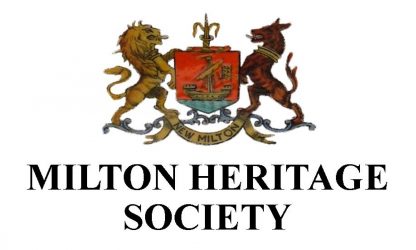Following requests for information about the origins of some of our street and place names this article looks at the origin of the name Barrs, as used in Barrs Avenue, Barrs Wood Drive, Little Barrs Drive and Barrs Wood Road, all situated near to Ballard Pond.
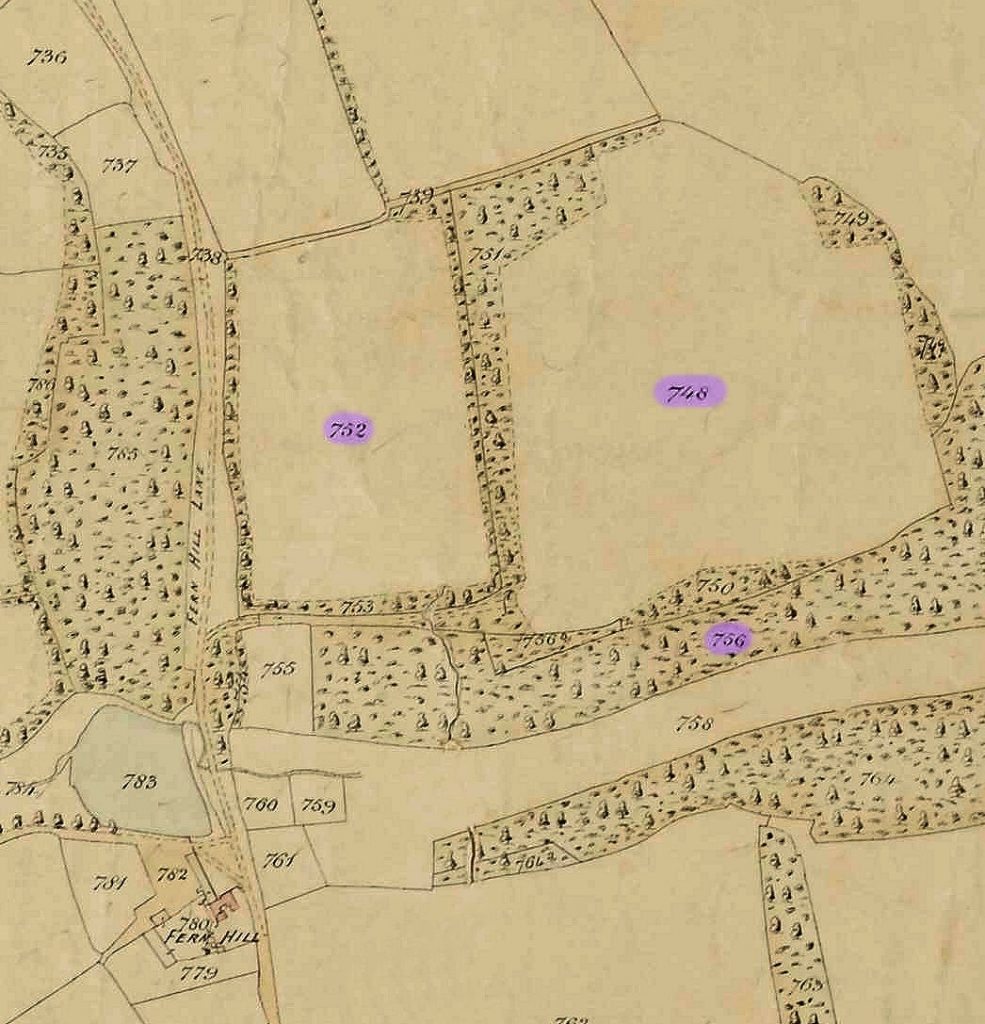
The earliest reliable record that I have is the 1841 Tithe Map and Tithe allocation book for Milton parish. However, here the name is spelt Bars. I have attached a segment of the 1841 Tithe Map. Field 748 is named as Great Bars. It is described as being in arable use and is a field of 11 acres. 749,750 and 751 are hedgerows around Great Bars. 752 is an arable field called Little Bars and is 9 acres in size. 756 is Great Bars Copse. It is worth noting that 747 is a field called Burquie’s Bars.
There are several meanings for the word ‘bar’. Old English meanings include a boar as in the wild pig. Could it be that wild boar roamed the woods in that area?
Bar also means a gate as used in Southampton where the old gate in the city walls now stands in the middle of the shopping precinct. The gate is known as a bar. The street to the north of it is ‘Above Bar’ and to the south is ‘Below Bar’. At the top of Fernhill Lane where the Bashley Cross Roads roundabout is located, the area was known as Fernhill Gate and at one stage had a gate across the lane. On the 1841 Tithe map it is clearly marked as Fernhill Gate. Is this the ‘bar’ of Barrs Wood?
Barton to the south of Milton Parish is derived from two words. ‘Bar’ and ‘Ton’. The ‘Ton’ part of the name is a farm settlement. The ‘Bar’ in our case derives from Beorma an Anglo Saxon farmer. Thus Barton is translated at being ‘Beorma’s farm’. We know this because Beorma is mentioned in 1086 in the Domesday book. In other parts of Hampshire the ‘Bar’ of Barton refers to barley and therefore becomes ‘Barley Farm’, as found at Barton Peveral and Abbotts Barton. Is the ‘bar’ of Barrs Wood actually referring to the much larger ‘Great Bars’ and ‘Little Bars’ fields which may have produced considerable crops of barley?
I am unable to give a definitive answer. I think it is likely to be one of the above suggestions. However, further research may shed new light onto the origins of the name ‘Barrs’.
Another enquiry I received, asked me for the origin of the name ‘Woar’, used in the name Woar Copse which is to the north of Ballard Water Meadow. Referring again to the 1841 Tithe map there is a Woar Moor, and Woar Field adjacent to the copse.
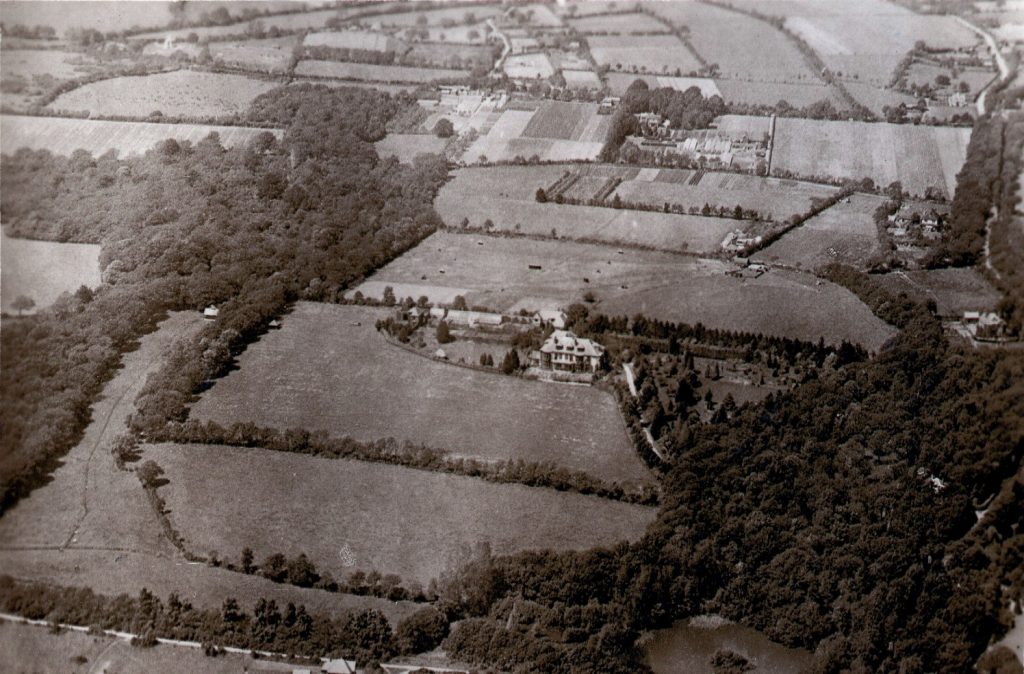
In the 1913 published book The Dialect of the New Forest (as spoken in Burley Village) the author, James Wilson suggests that ‘Woar’ means ‘worn’.
In another reference book, Place Names of Hampshire and the Isle of Wight, published in 2015 by Alfred Oscroft there is a section on Anglo Saxon language relevant to Hampshire place names. In this publication ‘Wore’ is translated as ‘crooked’. Ballard Water meadow was named as Crooked Mead or Crooked Meadow on early maps. Could ‘Wore’ have changed its spelling over the years to become ‘Woar’? Does ‘Woar Copse’ actually mean ‘Crooked Copse’?
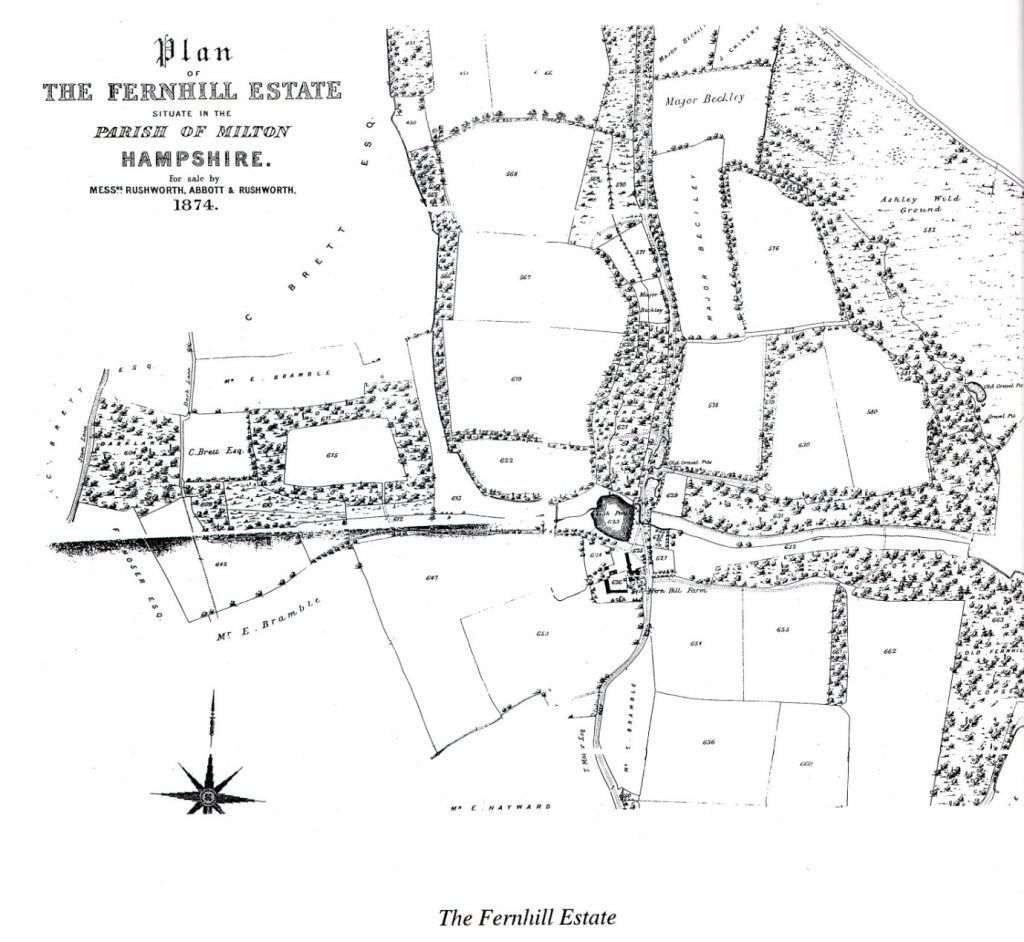
The above map was from the 1874 sale catalogue when the Fernhill Manor land was sold off by Winchester College and a Mr H.H. Kennard purchase a large section. He then sold off parcels of land for development. Later his name was given to Kennard Road. Houses were built there from about 1900 onwards. Mrs Ubsdell an American heiress built three large properties along the road. One was named Idlewild, another Brooklyn and the one that remains is Grey Gables.
At the north end of Kennard Road is Hazelwood Avenue, leading into Beechwood Avenue. Both of which take their names from the hazel wood and beech wood that was cut down when the avenues were built in the 1950s.
The name Fernhill appears to literally mean a fern covered hill. Anglo Saxon and Old English meanings for fern are as we use the word today. The spelling has changed over the years. One version is given as Farnehulle. It is one of the oldest parts of our town. It is mentioned in the 1086 Domesday book, spelt Fernehelle. The entry states that in 1066 the part owner of the land was a Saxon called Godric. By 1086 Fernhill was held by the Earl of Shrewsbury.
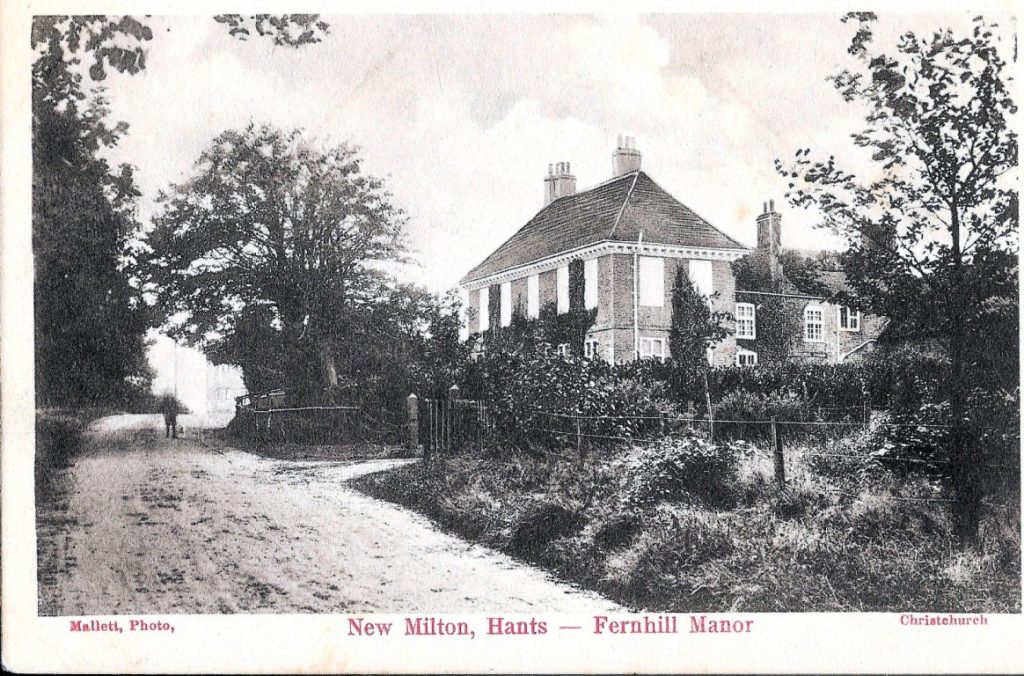
In 1420 the land and the manor house on it were given to Winchester College by John Fromond in his will. The rent from the land was intended to pay for the clothes for 16 of the Cathedral choir boys. It is uncertain if the boys of the choir ever benefited from this gift.
Unfortunately, I have not yet been able to find the origins of the name Ballard. Hopefully further research will uncover the meaning.
It is fascinating trying to delve back into the origins of the place names in our town and helps to give us an understanding of the heritage of our parish.
